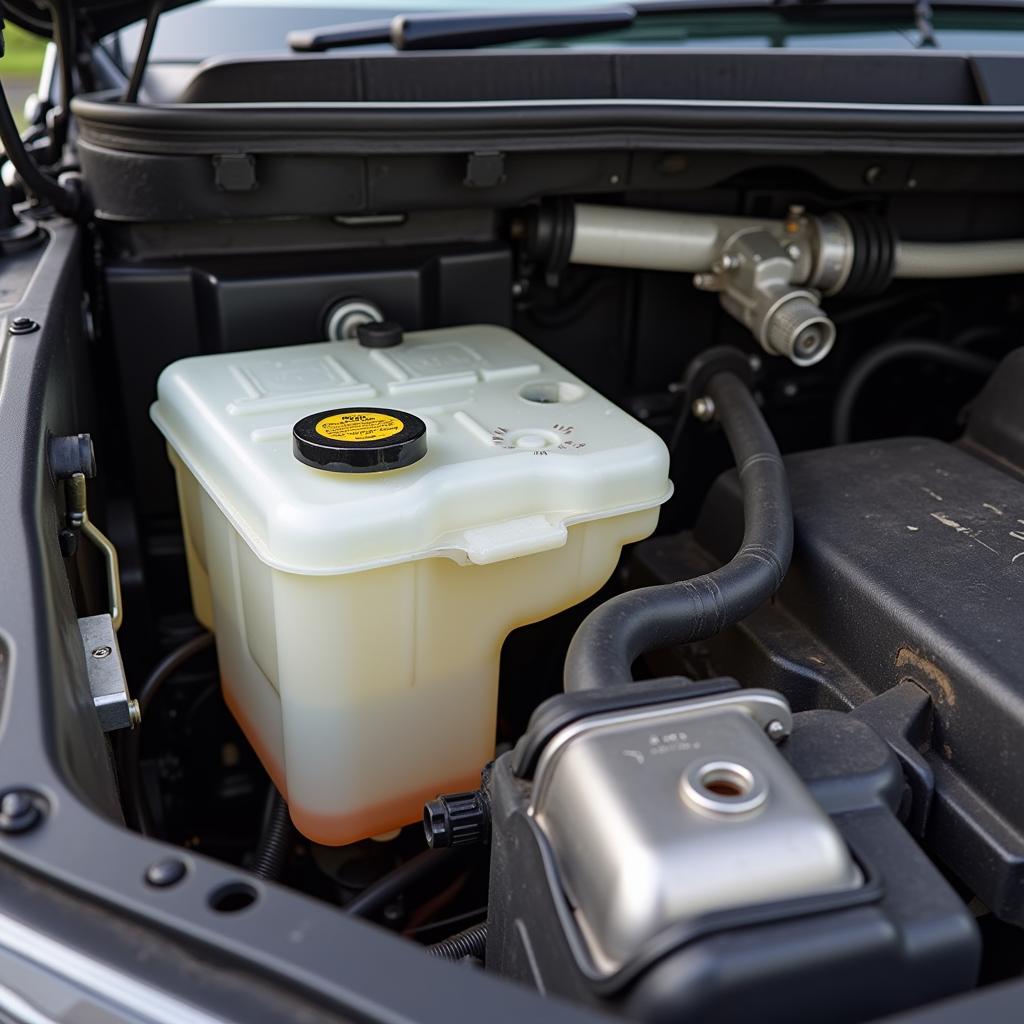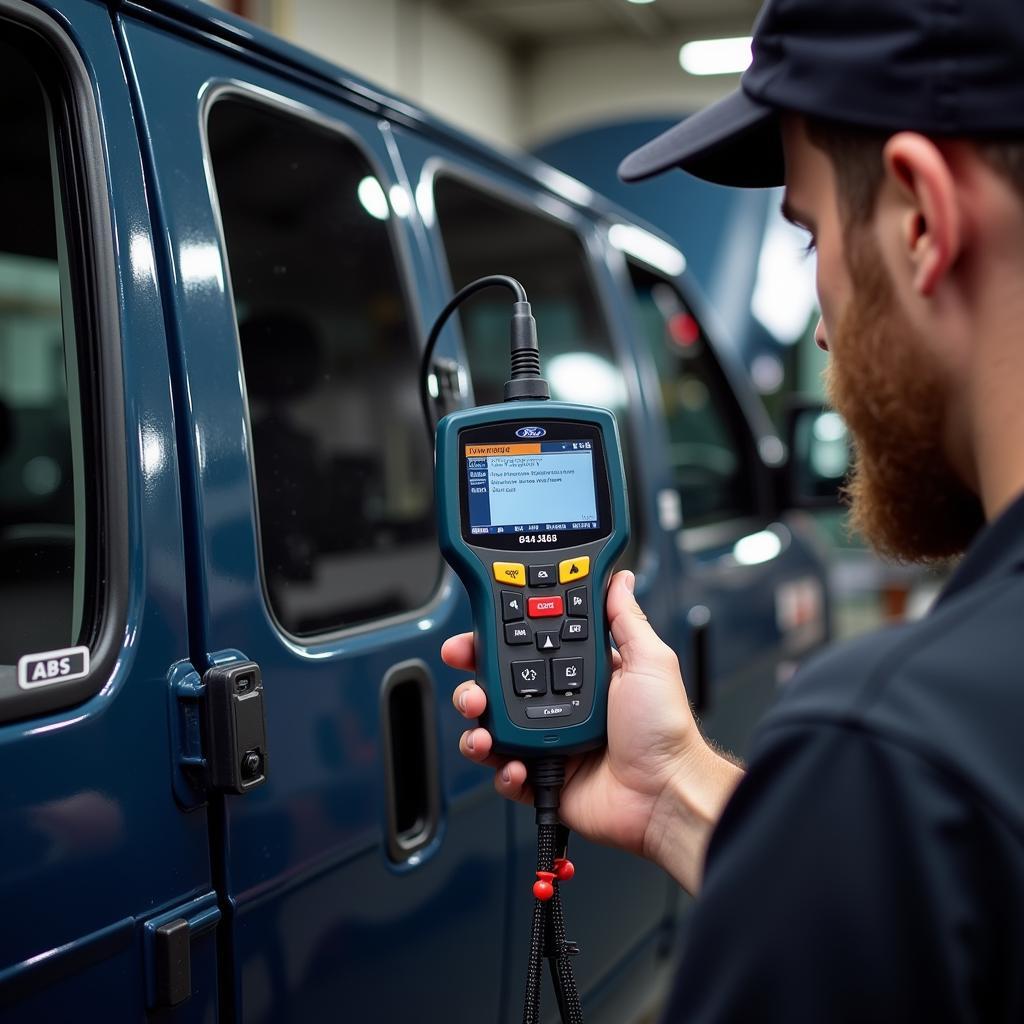Experiencing a flickering brake warning light on your Ford E150 can be a nerve-wracking experience. This vital warning signal is responsible for alerting you to potential braking system issues that could compromise your safety on the road. Understanding the common causes behind this issue can help you troubleshoot the problem effectively.
Common Culprits Behind a Flickering Brake Light
While a variety of factors can cause your Ford E150’s brake warning light to flicker, some of the most common culprits include:
-
Low Brake Fluid: This is often the primary reason behind a flashing brake warning light. As brake pads wear down, the brake fluid level naturally decreases. If it dips below a certain point, the sensor will trigger the warning light.
-
Worn Brake Pads: Brake pads are designed to wear down over time. When they reach a certain level of wear, the brake pad wear sensor will activate the warning light, signaling the need for replacement.
-
Faulty Brake Light Switch: This switch, located behind the brake pedal, is responsible for activating your brake lights when you depress the pedal. If it malfunctions, it can cause inconsistent brake light behavior, including flickering.
-
ABS Issues: While less common, a problem with your Ford E150’s Anti-lock Braking System (ABS) can also trigger a flickering brake light. This could indicate a malfunctioning ABS module or a problem with the wheel speed sensors.
-
Electrical Problems: Loose wiring, corroded connections, or a failing alternator can also contribute to a flickering brake warning light. These issues can disrupt the electrical current flowing to the brake light system.
 Ford E150 Brake Fluid Reservoir
Ford E150 Brake Fluid Reservoir
Troubleshooting a Flickering Brake Warning Light
If your Ford E150’s brake warning light is acting up, here are some steps you can take to troubleshoot the problem:
-
Check Your Brake Fluid Level: Park your vehicle on a level surface and locate the brake fluid reservoir. It’s typically a translucent plastic container with a black cap, located near the firewall on the driver’s side. If the fluid level is low, add the appropriate DOT 3 or DOT 4 brake fluid.
-
Inspect Your Brake Pads: If you’re comfortable with basic car maintenance, you can visually inspect your brake pads. Look through the spokes of your wheels to see the brake pads through the rotor. If they appear thinner than 1/4 inch, it’s likely time for a replacement.
-
Test Your Brake Lights: Have a friend or family member help you check if your brake lights illuminate when you depress the pedal. If they don’t light up, stay on continuously, or flicker erratically, the brake light switch may be faulty.
“It’s crucial to address any brake system issues promptly,” advises John Miller, a certified automotive technician with over 20 years of experience. “Ignoring a flickering brake warning light could lead to more serious problems and compromise your safety on the road.”
When to Seek Professional Help
While some brake light issues can be addressed with basic DIY troubleshooting, it’s often best to consult with a qualified mechanic, especially if:
- You’re uncomfortable performing basic car maintenance.
- You’ve tried the troubleshooting steps above, but the issue persists.
- You suspect the problem might be related to the ABS system or electrical components.
 Ford E150 ABS System Diagnostics
Ford E150 ABS System Diagnostics
Conclusion
A flickering brake warning light in your Ford E150 should never be ignored. By understanding the common causes and following the troubleshooting steps outlined in this article, you can address the issue promptly and ensure your safety on the road. Remember, when in doubt, it’s always best to consult with a qualified mechanic for professional diagnosis and repair.
